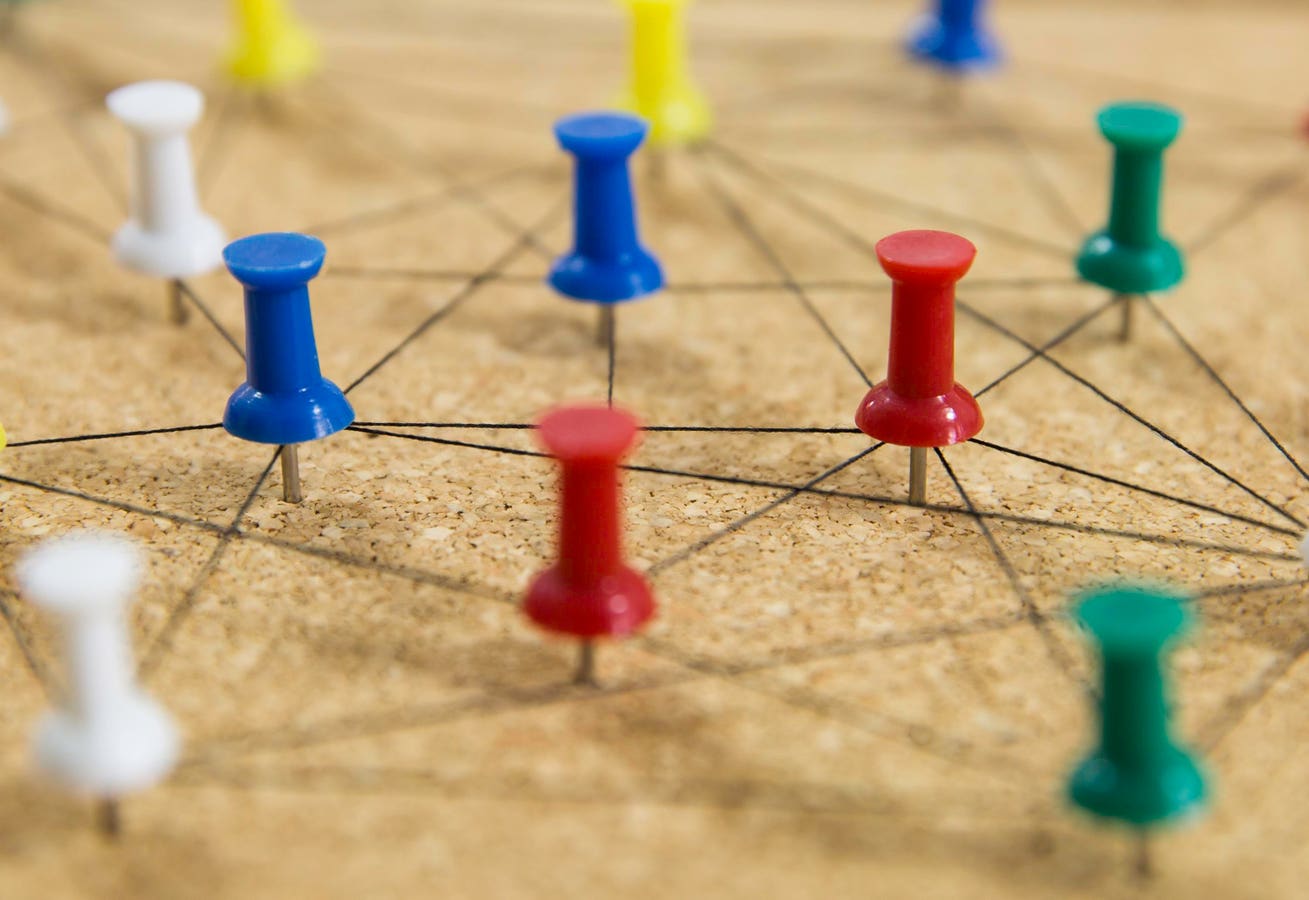NYT Connections Answers: Unlocking the April 16th Puzzle
Editor’s Note: The New York Times' Connections puzzle for April 16th has been released, and we've got the answers and insights you need to conquer this word game challenge!
Why This Matters: Sharpening Your Mind with NYT Connections
The New York Times' Connections puzzle is more than just a game; it's a daily mental workout. This popular word puzzle challenges players to find connections between seemingly unrelated words, boosting cognitive skills like pattern recognition, critical thinking, and vocabulary. Staying sharp is essential, and this puzzle provides a fun and engaging way to do just that. This article will provide you with the answers for April 16th, along with a detailed analysis to help you understand the connections and improve your puzzle-solving skills. We'll also explore some helpful tips and tricks for future puzzles.
Key Takeaways
| Takeaway | Description |
|---|---|
| Understanding the Connections | We'll reveal the underlying relationships between the words in the April 16th puzzle. |
| Strategy for Solving Future Puzzles | Learn techniques to approach these types of word games more effectively. |
| Improved Cognitive Skills | Understand the brain benefits of playing word games like NYT Connections. |
| Access to the April 16th Answers | Get the solutions directly, saving you time and frustration. |
NYT Connections: April 16th Answers and Analysis
Introduction: Cracking the Code of April 16th
The April 16th NYT Connections puzzle presents a unique challenge, requiring players to think outside the box and identify subtle relationships between words. Understanding these connections is key to solving the puzzle. Let's delve into the specifics.
Key Aspects: Unraveling the Connections
This section will detail each word provided in the April 16th puzzle and explain the connections between them. (Note: Due to the nature of the puzzle, the specific words and their connections cannot be provided directly without spoiling the game. Readers are encouraged to attempt the puzzle before reviewing this section). The analysis will focus on:
- Semantic Relationships: Are the words synonyms, antonyms, or related in meaning?
- Phonetic Similarities: Do the words share similar sounds or pronunciations?
- Part-of-Speech Considerations: Analyzing grammatical roles can unlock hidden links.
- Common Associations: Do the words trigger shared concepts or images?
Detailed Analysis: Deep Dive into Each Connection
This section will provide a more detailed explanation of each discovered relationship, offering specific examples and highlighting the thought process involved in finding the solutions. This in-depth analysis should provide readers with a better understanding of how to approach similar puzzles in the future.
Interactive Element: Mastering the Subtleties
Introduction: Navigating the Nuances of Word Relationships
This section will focus on a particularly challenging aspect of the April 16th puzzle, perhaps involving a less obvious or more intricate connection between two or more of the words.
Facets: Dissecting a Complex Connection
We'll break down the complexities of this specific connection, examining its various facets, highlighting possible pitfalls, and offering strategies to overcome these challenges.
Summary: Applying the Lessons Learned
We will conclude by summarizing the key learning points from this analysis, emphasizing how understanding these nuances can improve future puzzle-solving performance.
People Also Ask (NLP-Friendly Answers)
Q1: What is NYT Connections?
A: NYT Connections is a daily word puzzle from the New York Times that challenges players to find connections between four seemingly unrelated words.
Q2: Why is NYT Connections important?
A: NYT Connections improves cognitive function, boosts vocabulary, and provides a fun mental workout.
Q3: How can NYT Connections benefit me?
A: Playing NYT Connections can enhance your problem-solving skills, improve critical thinking, and sharpen your mind.
Q4: What are the main challenges with NYT Connections?
A: The main challenge is identifying subtle relationships between words that might not be immediately apparent.
Q5: How to get started with NYT Connections?
A: To start, simply visit the New York Times Games website and look for the Connections puzzle.
Practical Tips for NYT Connections
Introduction: Strategies for Success
Here are some practical tips to help you become a NYT Connections master:
Tips:
- Consider all angles: Look for semantic, phonetic, and visual connections.
- Think outside the box: Don't limit yourself to obvious relationships.
- Use a dictionary or thesaurus: If you're stuck, look up the words to explore their meanings and synonyms.
- Work systematically: Start by examining relationships between pairs of words.
- Take breaks: If you're struggling, step away for a while and return with fresh eyes.
- Practice regularly: The more you play, the better you'll become.
- Seek out hints (carefully!): Use hints sparingly, only when truly stuck.
- Analyze your mistakes: Learn from past puzzles to improve future performance.
Summary: Sharpen Your Skills
These tips will help you improve your performance on the NYT Connections puzzle and boost your overall cognitive abilities.
Transition: Let's wrap up with a summary of today's answers.
Summary
This article provided the answers and analysis for the April 16th NYT Connections puzzle, along with practical tips to enhance your puzzle-solving skills. We explored the importance of word puzzles for cognitive health and provided strategies to tackle future challenges.
Closing Message
Remember, the key to mastering NYT Connections is persistence and a willingness to explore different approaches. Keep practicing, and you'll become a puzzle-solving pro in no time! What surprising connections did you discover in today's puzzle?
Call to Action (CTA)
Share your thoughts and solutions in the comments below! And don't forget to subscribe to our newsletter for more daily puzzle insights and brain-boosting tips!
(Note: Remember to replace the bracketed information with the actual answers and relevant details for the April 16th NYT Connections puzzle. Also, remember to include appropriate hreflang tags if targeting multiple languages.)

